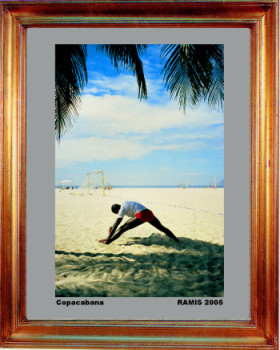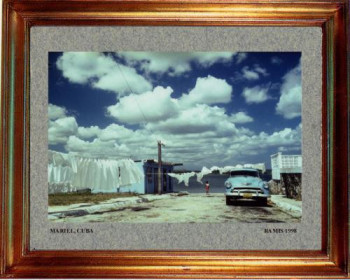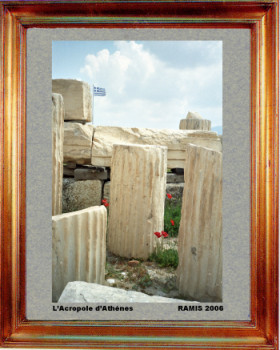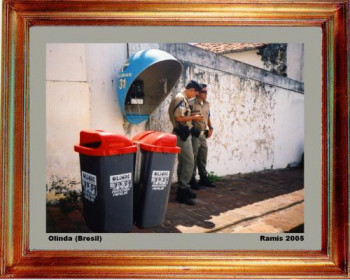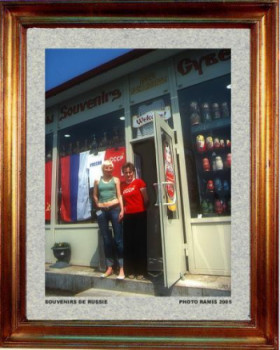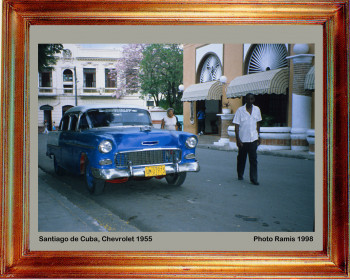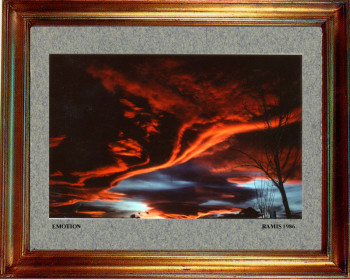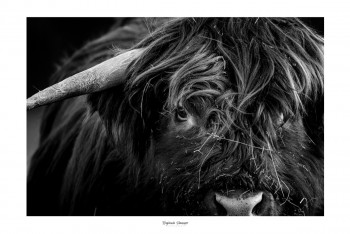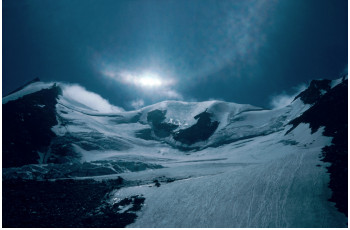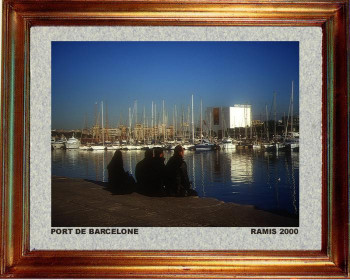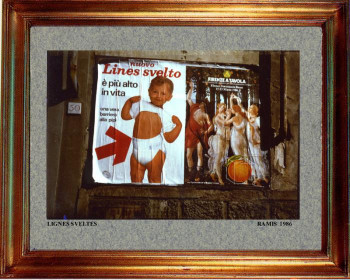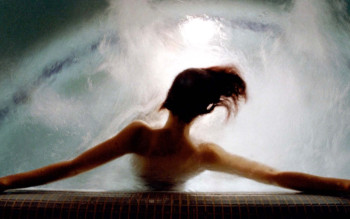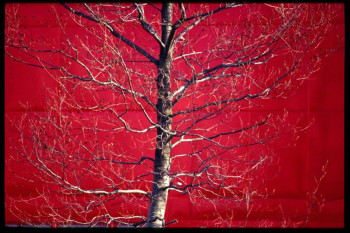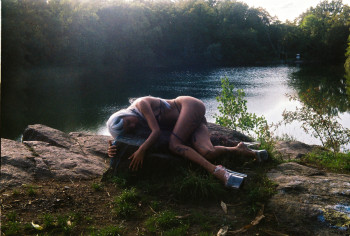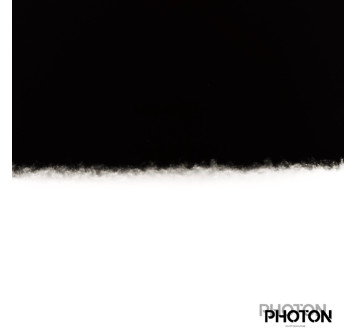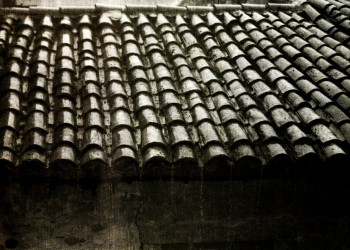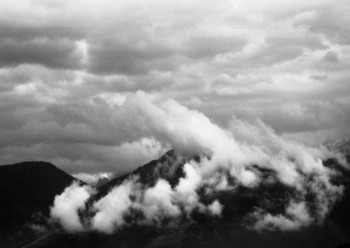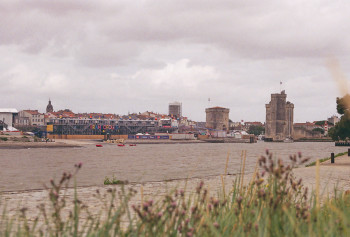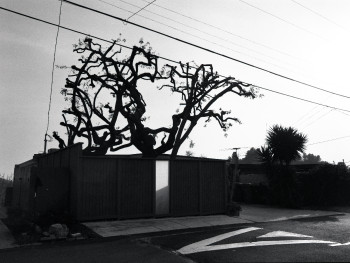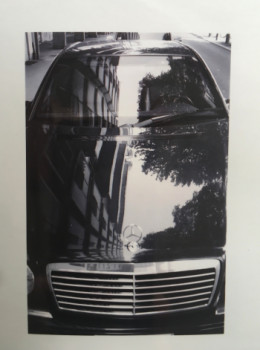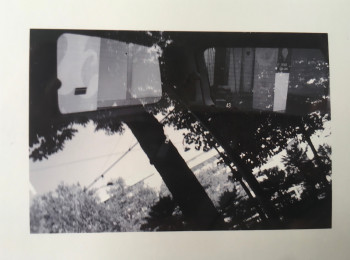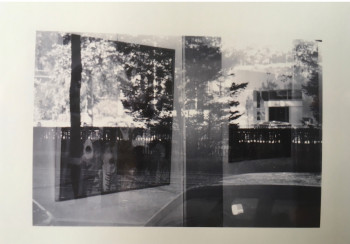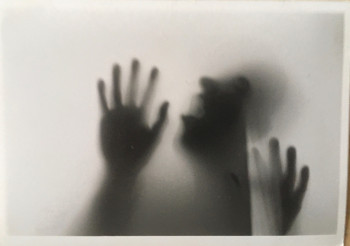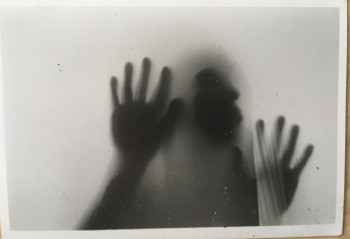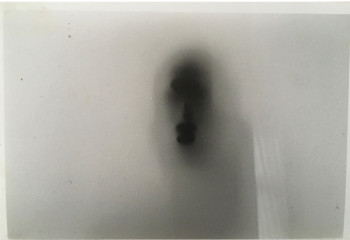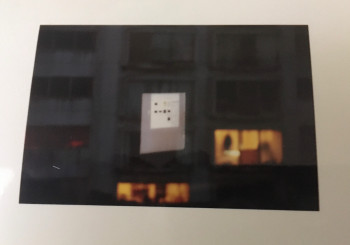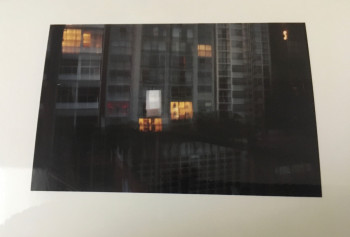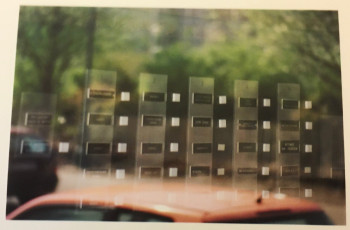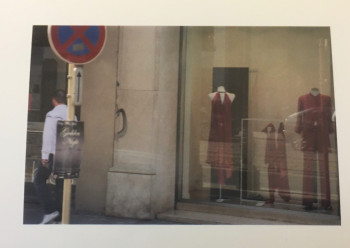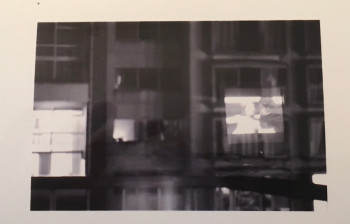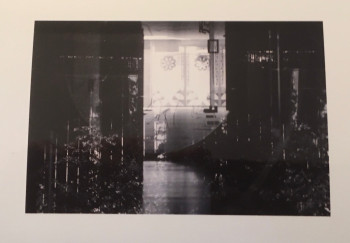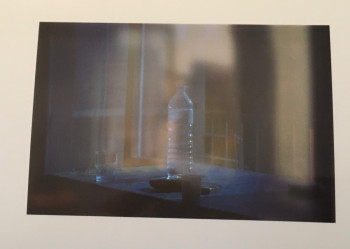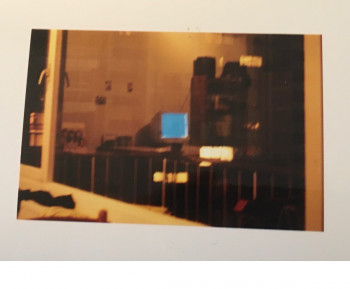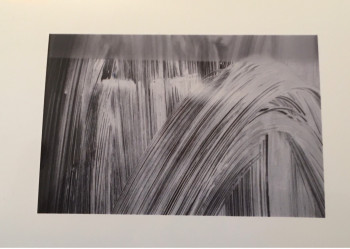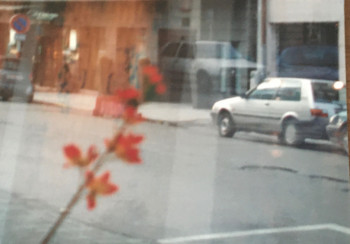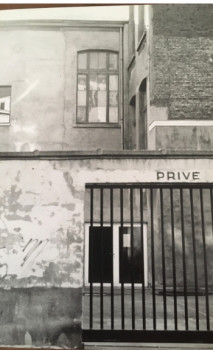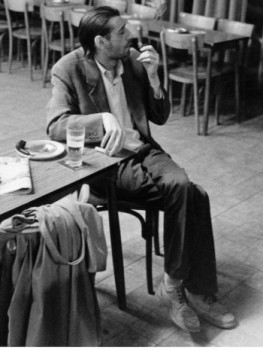
Film photography
The film photo is a photographic technique allowing you to take photos and record them developing on paper. Since the 2000s and the appearance of smartphones, this process has gradually given way to digital photography. The term "film" borrows its name from the composition of the films used in this technique, since we find there silver molecules.(...)
Decline
In the 2000s, the major camera manufacturers gave up little to no effort. little by little commercialize film equipment to turn to digital photography. More practical, faster, it offers quality. unparalleled image and is becoming more popular with the arrival on the market of smartphones.
Film cameras have become increasingly popular. They became rare, particularly in 2006 when the major camera companies announced that they were abandoning the development of their products using film technology.
How does film photography work?
When taking a photo, sunlight reflects off the subject. Certain rays then go towards the camera, and more precisely its darkroom. Light enters through a small hole called a hole. pinhole. As the rays of light cross each other in the pinhole, the resulting image is different. upside down: if you photograph a person, they have their head down. However, At this stage, the image obtained is not yet immortalized. To obtain a photograph, this image must be fixed on a photosensitive surface, that is to say sensitive to light. light. We therefore use film to fulfill this role.
The film used in film photography is coated with bromide and silver salts. When light falls on a bromide salt, it is attracted to it. by the nearest silver molecule. The latter then becomes black. This is how we obtain a high-density imprint. every place where the light struck. Black areas appear during development to form the final image.
As a film photo is quite fragile, it is important to keep it in the best possible conditions. Negatives should be stored away. away from light and in an environment where it is safe. temperature and humidity conditions are stable.
Note that color images are more sensitive to distortion. heat, and more likely to deteriorate than black and white ones.
Famous film photographers
- Henri Cartier-Bresson
This French photographer has notably been a photographer. made famous by his street reporting and careful compositions. He developed the concept of «decisive moment», but also co-founded the Magnum photo agency with Robert Capa.
- Robert Capa
The Hungarian photographer became known thanks to his work. his photos of the Landing of 1944. Considered As the greatest war photographer of his time, he died in 1954 while reporting on the Indochina War.
- Robert Doisneau
The most famous French photographer is particularly appreciated by photographers. for his black and white images full of tenderness and humor, illustrating the small moments of daily Parisian life of his time.
- Raymond Depardon
The film photographer was greatly inspired by his work. of photojournalism in his work. His photos of war zones, but also his still portraits of the French countryside have made him particularly famous.
- Sebastião Salgado
The Brazilian documentary photographer has developed a technique combining film and digital, in order to limit the weight and fragility of the camera. of the film that he used to carry on his travels. His work illustrates misery with a certain aesthetic, which has never lacked in its appeal. to create various controversies.
- Steve McCurry
The famous American photojournalist passionate about by India has worked a lot on on color documentary photos. In 2009, when Kodak abandoned the production of film, the very last Kodachrome in history was handed over to it. the opportunity for a photo trip.
- Annie Leibovitz
The American photographer specializes in celebrity portraits, which can be found the cover of magazines such as Vanity Fair or Vogue. She notably used black and white film his beginnings, during his studies at the San Francisco Art Institute.
- Vincent Munier
The French wildlife photographer is known for his pristine depictions of the Arctic. His beginnings were marked by the use of silver film, which he considered very educational.
- Ansel Adams
Made famous by his landscapes of the American West in black and white, he at the same time invented the zone system at agrave; At the end of the 1930s, a light measurement system made it possible to facilitate printing work and improve the rendering of images.
- David Lachapelle
This American fashion and advertising photographer> is a fan of dazzling colors and surrealistic scenes illustrating consumption and religion.
His way of creating his settings without having to resort to editing or special effects, largely recalls the spirit specific to this film. silver.
- Ragnar Axelsson
This Icelandic photographer transmits, through his work, his fascination with the polar regions and the threatened way of life. of its inhabitants. The one nicknamed Rax uses film for his personal use, but prefers the speed of shooting. digital in your work routine.
- Sabine Weiss
The humanist photographer realized takes a lot of photos of street and daily life and sometimes denounces, through his photos, certain social injustices. She continues to use film photography and says she does not find the same satisfaction with digital.
- Christopher Nolan
The famous American director, to like his peers Quentin Tarantino or J.J. Abrams, remains very attached to silver in his work. Part of his film Interstellar was, for example, shot in 70 mm.





